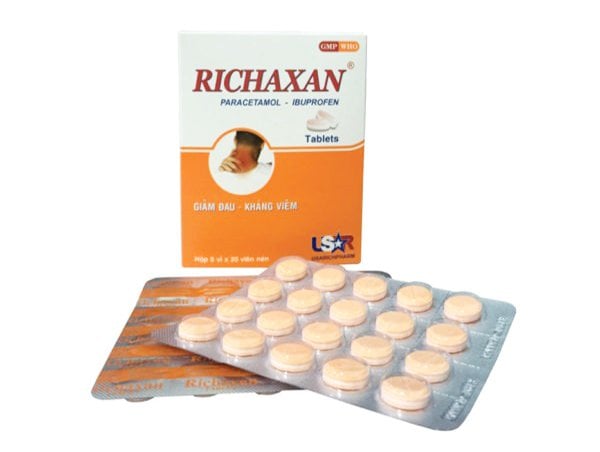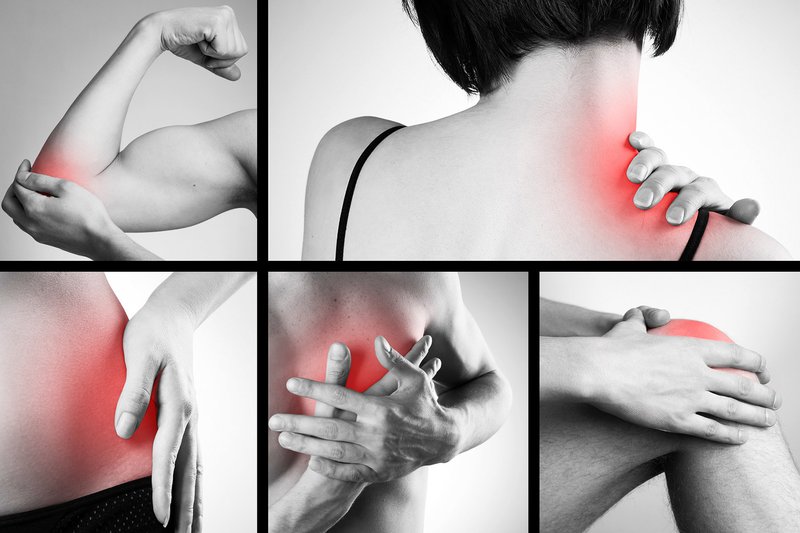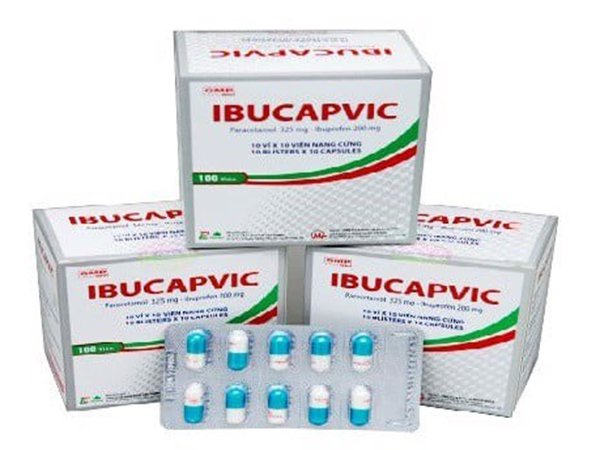Benefits of Elevating Legs Before Going to Bed
This is an automatically translated article.
Elevating the legs helps reduce pressure on the veins especially for people who have to stand or sit all day. What's more, elevating your legs helps blood flow instead of forcing the circulatory system against its gravity to push blood up to the heart. It is for these reasons that elevating your legs while relaxing or sleeping can bring many health benefits.
1. Foot Elevation Therapy
Performing leg elevation therapy can help blood flow more efficiently and help reduce pressure on the lower extremities, giving the heart a rest. Moreover, when the foot is in this position, it can also help the body reduce inflammation and reduce swelling. Or if you have muscle tension, then performing leg raises can help alleviate this condition, allowing better blood circulation and resting extremities.
2. Health benefits of leg elevation
A sitting or lying position with legs elevated may have some potential health benefits such as improved blood flow. The oxygen-depleted blood returns to the heart through the veins. Unlike your arteries, the pressure in your veins is relatively low. To help blood move, your veins use tiny valves and the contraction of surrounding muscles to assist in returning blood to your heart. When you're sitting or standing, the hypoxic blood in your legs must also work against gravity to return to your heart. Elevating your legs will make them higher than your heart creating gravity which improves blood flow in the veins in your legs
Reduces swelling. Swelling can be caused by a build-up of excess fluid (edema) or inflammation, or it can be caused by an injury or certain health conditions that can cause your feet to swell. Likewise, elevating your legs improves blood flow, and elevating your legs above heart level can help excess fluid drain more efficiently.
Reduce pressure. Standing or sitting for long periods of time can cause blood to pool in the veins in your legs and can lead to an increase in pressure in these veins. Thus, may contribute to the development of conditions such as varicose veins. Elevating the legs can help relieve pressure in the legs by allowing blood that has accumulated to drain out. If you've been standing for a while, sitting down with your legs elevated can also help relieve pressure and ease tired legs.
Back pain relief . Sleeping on your back is known to put pressure on your lower back. Resting in this position while your feet or knees are elevated can make it more comfortable to sleep, as it can relieve uncomfortable pressure on the lower spine by inverting the pelvis. If you have severe back pain or have chronic back pain, you may want to elevate your legs significantly using a large pillow or knee support.
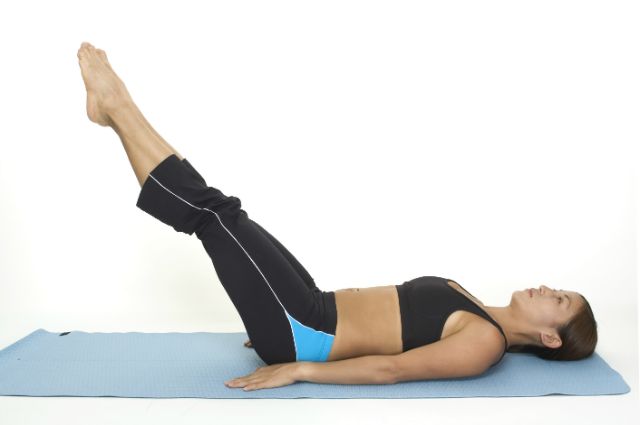
Liệu pháp nâng cao chân trước khi ngủ giúp bạn giảm đau lưng hiệu quả
Improve spine alignment. Many people think that sleeping on your back is suitable for adjusting the spine. However, the spines are naturally curved, almost "S" shaped, especially towards our lower back. Resting in a flat position can put uncomfortable pressure on this natural curvature, causing discomfort, pain, and unnecessary stress on our spine. People who lie on their back can solve this problem by placing a pillow under the knees to rotate the pelvis upward and relieve the spine.
Faster recovery from injury. Injuries often lead to swelling and while this isn't necessarily a cause for concern, swelling can be uncomfortable. Injured body parts will swell because our circulatory system sends extra fluid and white blood cells to that area to help our body heal. Swelling can not only be uncomfortable, it can also be painful. Pain occurs because swollen tissues press on nerves, which transmit pain signals to our brain. However, you can minimize this pain or discomfort by elevating your legs to reduce swelling and promote more blood circulation.
3. What conditions are improved by raising the legs?
Vein condition . Sitting, standing, or being inactive for long periods of time can increase your risk of developing varicose veins. Elevating your legs helps you to prevent or alleviate varicose veins, such as:
Superficial thrombophlebitis. Superficial thrombophlebitis with a blood clot in a vein just under the skin of the body can cause swelling and pain. While some are low risk, others may be related to deep vein thrombosis. Deep vein thrombosis (DVT) when a blood clot forms in one of the deep veins of your leg. These blood clots can block blood flow, leading to swelling or pain in the legs. This blood clot can also travel to the lungs, causing a pulmonary embolism. Varicose veins . Varicose veins occur when blood collects in the veins. These veins are located just below the surface of the skin and cause swelling, blue, and twisting. Varicose veins can cause symptoms that are often worse after sitting or standing for long periods of time. Chronic venous insufficiency (CVI) occurs when blood cannot effectively return to the heart, causing blood to pool in the legs and can cause a variety of symptoms in the legs, including pain, swelling, and varicose veins. Hurt. If you have an injury that affects your leg, you will likely experience symptoms such as pain, soreness, and swelling. Elevating the legs before bed can help alleviate these symptoms.
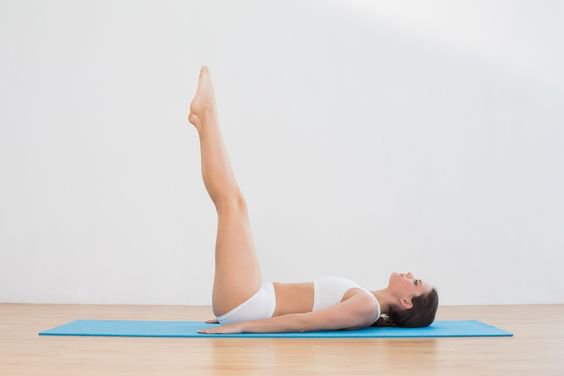
Liệu pháp nâng cao chân đem lại nhiều lợi ích cho người tập
After surgery . Elevating the leg after surgery can also help reduce pain and swelling. In addition, blood clots such as DVT or thrombophlebitis are concerned after surgery, especially with hip or leg surgery. Although it's important to be gentle and not stay in one position for too long, periodically elevating your legs can help reduce the risk of blood clots forming. During pregnancy. Swelling in the lower extremities is common during pregnancy, due to increased fluid retention, hormonal changes, and pressure from the expanding uterus. Elevating the leg can help reduce this swelling. Cellulitis. Cellulitis - a skin infection usually caused by bacteria. The bacteria enter the body through cracks in the skin and can cause symptoms such as pain, redness, and swelling. The infection itself is treated with antibiotics. However, if cellulitis develops on your arm or leg, your doctor may recommend prescribing the affected limb higher than the heart to reduce swelling. Lymphedema. Lymphedema can occur because your lymphatic system is damaged and can cause lymph fluid to build up in your body, leading to swelling in many parts of your body, including your legs. And lymphedema can be progressive, gradually worsening over time. Elevating the leg can help reduce swelling in the early stages of this condition, but is not effective in the later stages.
4. How to raise your legs
How often and when you should raise your legs may depend on your health and fitness level. There are several ways to elevate your legs to help alleviate symptoms of varicose veins.
Move to a comfortable reclining or lying position. Place your feet higher than your heart and you can use a pillow to achieve the goal. If you can't raise your legs to heart level, try resting your feet on a table or bench or sofa, which will still help slow down the effects of gravity. You perform leg raise and hold for a period of 15 minutes with a frequency of 3 to 4 times per day.
Elevating your legs can benefit your health in a number of ways. Some of the key benefits include improved blood flow, reduced inflammation, and reduced pressure in the veins in your legs. You can elevate your legs to help ease symptoms of varicose veins and reduce swelling during pregnancy. It can also be a helpful way to prevent blood clots after surgery. However, to do this move you need to make sure you have enough support for your back and legs before trying to raise your legs. If you have an underlying medical condition, talk to your doctor before attempting a leg lift.
Please dial HOTLINE for more information or register for an appointment HERE. Download MyVinmec app to make appointments faster and to manage your bookings easily.
This article is written for readers from Sài Gòn, Hà Nội, Hồ Chí Minh, Phú Quốc, Nha Trang, Hạ Long, Hải Phòng, Đà Nẵng.


